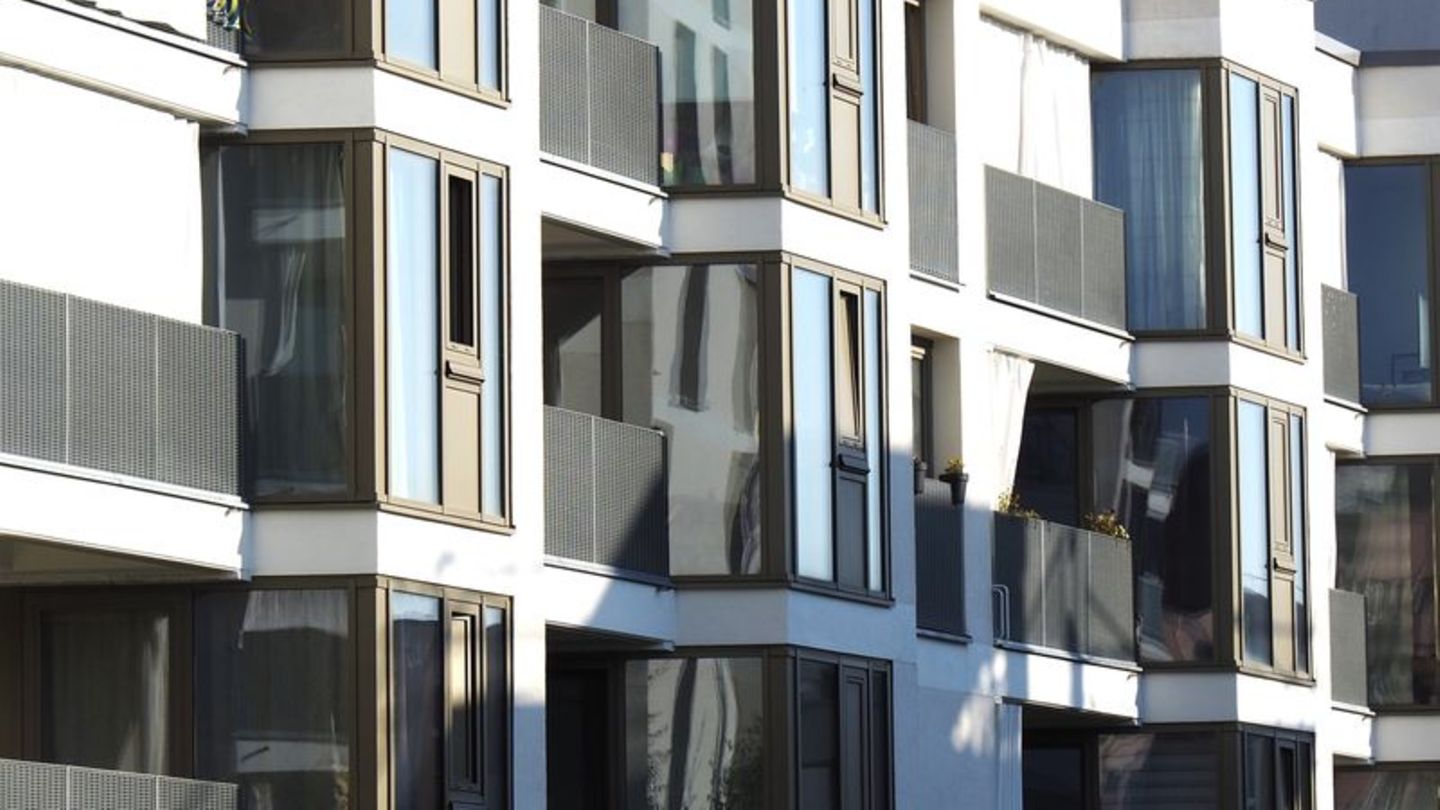A new housing shortage is looming: housing construction in Germany is shrinking. Many construction companies are still working on orders from the past. The worst is still a long way off.
The Munich-based Ifo Institute expects housing construction in Germany to continue to decline in the coming years. The number of newly built apartments could therefore fall to just 175,000 in 2026, which would be more than 40 percent less than the almost 300,000 apartments in 2022. “The forecast is subject to uncertainty, but it is quite clear that we will slip below the 200,000 mark by 2026 at the latest,” Ifo construction expert Ludwig Dorffmeister told the German Press Agency. The target set by the Berlin coalition when it took office in 2021 is 400,000 new apartments per year. This target is clearly becoming increasingly distant.
Decline throughout Western Europe
However, the Ifo expert does not expect any fundamental improvement in the next two years, just as the construction and housing industries do not. “Overall, I have little hope for a major turnaround,” says Dorffmeister.
The malaise is not limited to Germany. The Munich-based economists are cooperating in the Euroconstruct research network with numerous other scientists from across Europe. According to Euroconstruct’s forecast, the number of new housing projects in the 15 Western European countries will fall from over 1.5 million per year to 1.2 million.
Construction is expected to become even more expensive
“As in other European countries, new housing construction is currently feeling the negative effects of high inflation and the jump in interest rates,” says Dorffmeister. “In Germany, however, construction costs have also gotten completely out of control and are preventing the market from recovering. In the longer term, interest rates should not actually be used as an excuse for the weak construction activity, as they are now back to a normal level.”
According to Dorffmeister’s assessment, construction is likely to become more expensive in the coming years: “The Federal Statistical Office’s construction cost index shows that the previously sharply increased material costs are not falling, but rather stabilizing, while labor costs are following suit in large steps.” The collective agreement for the construction industry will result in further cost increases in the coming years.
Building applications collapse
A key factor in the forecast is the collapse in building applications and housing construction permits. According to figures from the Federal Statistical Office, only 17,800 building applications were approved in May, almost 44 percent fewer than in May 2022. Construction costs are now so high that many housing cooperatives and municipal companies have put new projects on hold. The main reason: In order for the buildings to pay for themselves within the usual period of 25 to 30 years, the companies would have to charge very expensive rents well above the local level, even outside of the metropolitan areas, which presumably no one in smaller towns would want to pay.
“Tragedy” in housing construction
The housing industry association GdW recently complained about a “tragedy without end” in housing construction. “Far too little is being done on the political side to counteract this,” said GdW President Axel Gedaschko. The lack of building permits today is the “failure to complete construction in the future.” The association essentially represents the interests of housing cooperatives and municipal companies, which usually rent out their apartments more cheaply than private companies. According to a recent GdW survey of these member companies, two thirds do not want or cannot build any new apartments this year.
The housing shortage is becoming expensive for tenants
The expected development of rents is not part of the Ifo forecast, but the figures do not bode well for those looking for housing. In large cities such as Munich, the strange phenomenon has been observed for some time now that purchase prices for properties are falling, but rents are continuing to rise due to the housing shortage.
The IW Cologne economic research institute, which is close to employers, also sees a much higher demand for housing than can be built in the foreseeable future. The institute estimates that the annual need for new housing will be 372,000 apartments by 2025, and 302,000 per year for the following years up to 2030. Tenants who want or need to move to urban areas in the next few years should prepare themselves for an exhausting search and high costs.
Source: Stern




